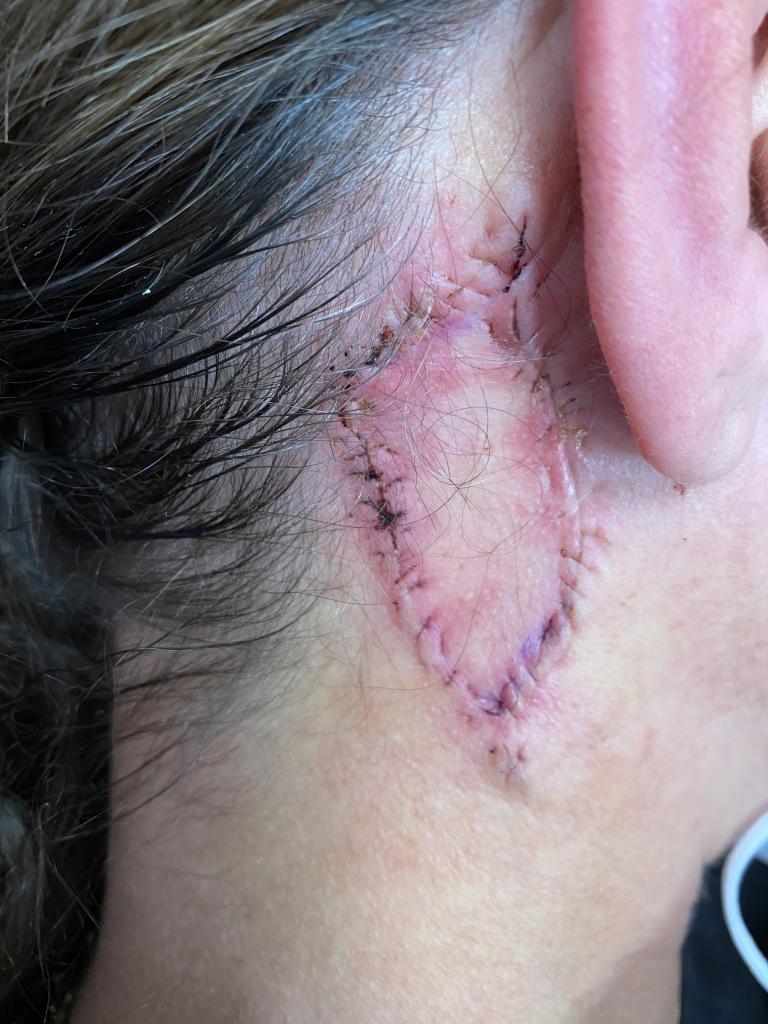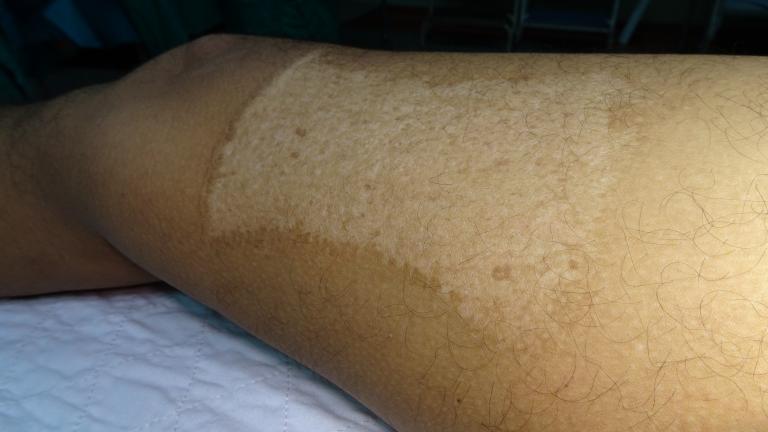
What is a skin graft?
Plastic surgeons use skin graft surgery to replace missing skin. If you’ve had surgery to remove skin cancer, your provider may recommend a skin graft to cover the missing skin. In most cases, this is a full thickness skin graft as these provide the best long-term appearance and they are usually associated with a more comfortable donor site (where the skin came from).
The recovery time after this surgery varies depending on your overall health, the size of the graft and the technique your provider used. Most skin graft procedures are successful the first time. Sometimes, the transplanted skin doesn’t heal well or “take” to the surrounding skin. If this happens, you may need another skin graft.
What are the types of skin graft surgery?
The types of skin graft surgery are:
- Full-thickness skin graft (FTSG): During an FTSG, your surgeon removes and transplants the top layer and the entire second layer of skin. FTSG procedures require more healing time than STSG because the transplanted skin is thicker. Providers may choose FTSG for a part of the body that you don’t usually cover up with clothing, such as the face. For FTSG, providers often remove healthy skin from the groin, arm or collarbone area and then close the donor wound right away.
- Split-thickness skin graft (STSG): During this procedure, your surgeon removes the top layer of skin (epidermis) and only part of the second layer (dermis). Providers usually use STSG to cover large areas of damaged or missing skin. They typically take healthy skin from the thigh, bottom, belly or back. The area where the skin was removed from (donor skin) normally heals on its own over 1-2 weeks.
- Composite graft: During this procedure, your surgeon transplants skin as well as cartilage or other soft tissues. Composite grafts can repair damage to the nose, fingertips and ears.
What does a skin graft treat?
Your surgeon may recommend a skin graft if you have damaged or missing skin that cannot heal on its own. Skin grafts help people who have skin loss due to:
- Burns.
- Infection.
- Surgery to remove skin cancer
- Skin ulcers and bedsores (pressure injury).
- Slow-healing wounds or very large wounds.

















